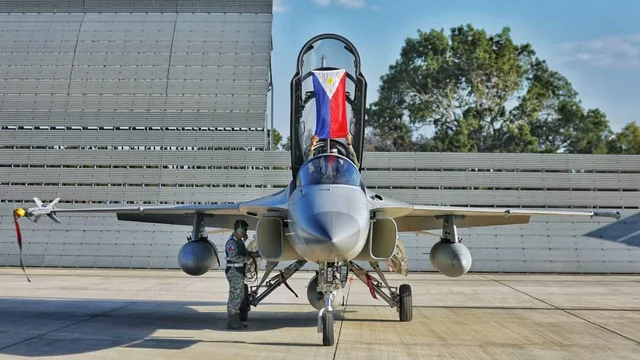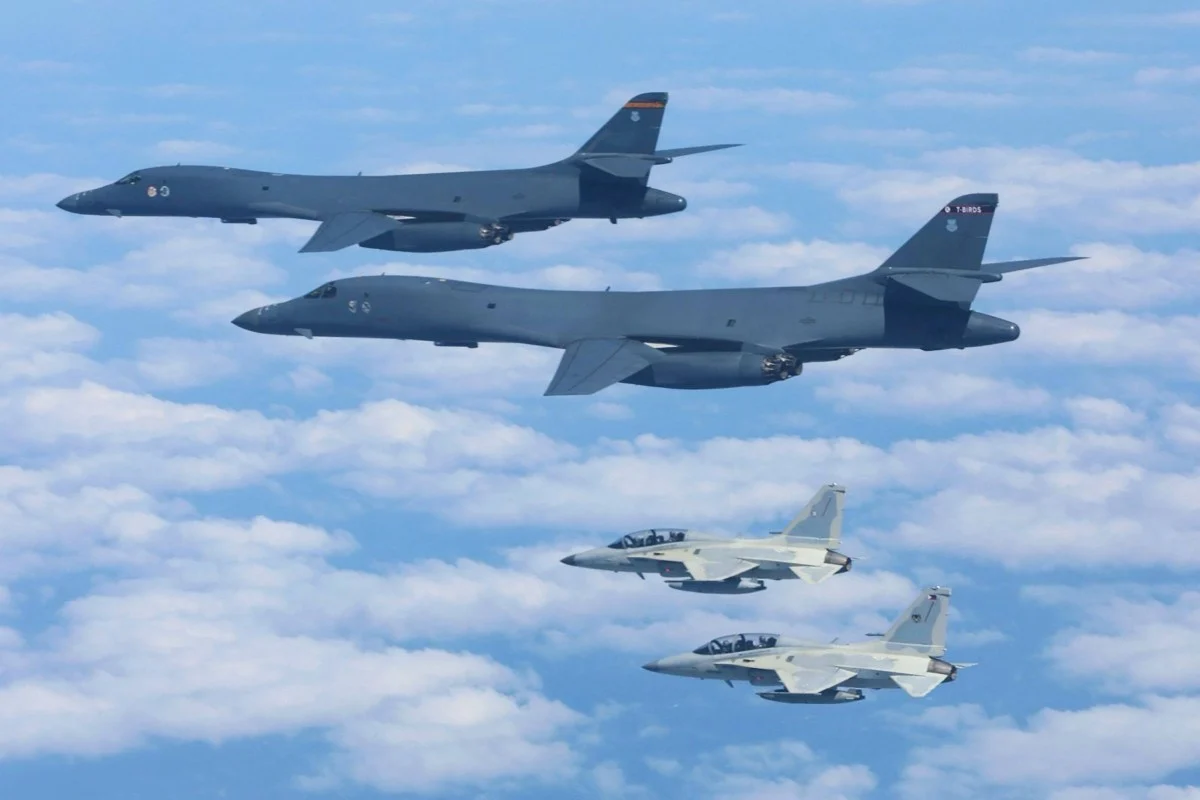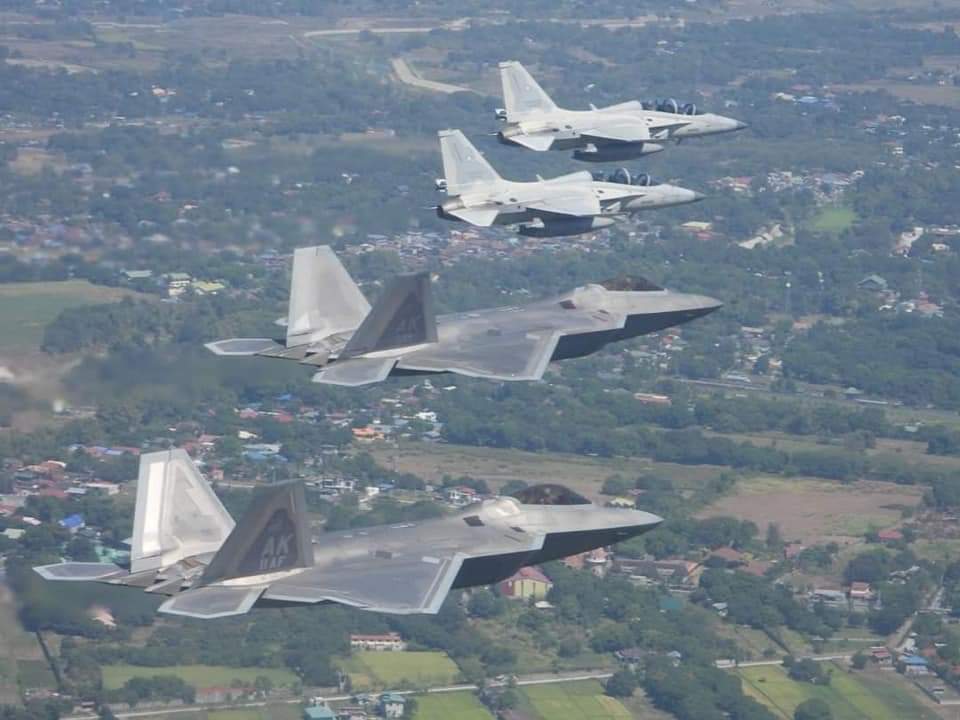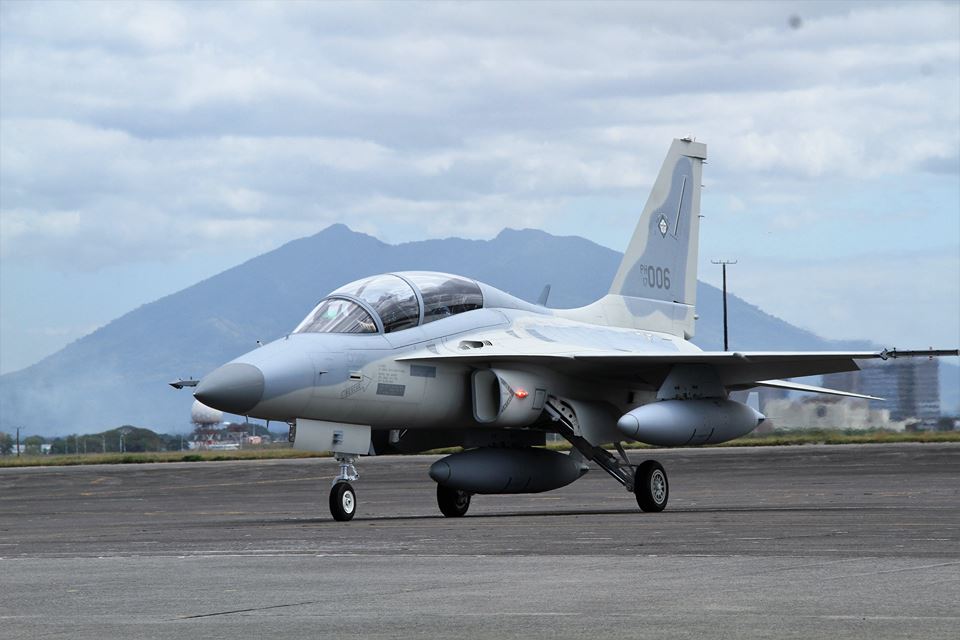Philippines Grounds FA-50 Fighter Jets, Leaving Skies Vulnerable to Foreign Threats
The Philippine Air Force (PAF) spokesperson assured the public that despite the grounding of the remaining FA-50 fighter jets, the air force remains fully capable of monitoring and defending the country's airspace through its other aircraft, radar systems, and air defense capabilities.
(DEFENCE SECURITY ASIA) –The skies over the Philippines now lie exposed, vulnerable to foreign incursions, as Manila makes the bold yet risky move to ground its fleet of FA-50 fighter jets—its primary line of aerial defense—in the wake of a devastating crash just days ago.
The catastrophic incident saw a Philippine Air Force (PAF) FA-50 fighter jet, built by Korea Aerospace Industries (KAI), plummet from the sky near Mount Kalatungan, Bukidnon, in a tragic loss that claimed the lives of two valiant pilots.
This tragedy casts a shadow over the Philippines’ ambitious US$421 million (RM1.9 billion) defense deal, signed in March 2014, which secured 12 FA-50PH jets from KAI.
The first aircraft arrived with much anticipation in November 2015, and by 2017, the full squadron was in place, symbolizing the nation’s aerial resurgence.
PAF has expressed its intent to lift the operational suspension through a swift and thorough investigation.
“We need to have these jets operational to protect our territorial waters and provide air support for ground operations whenever needed,” PAF spokesperson Col. Ma Consuelo Castillo was quoted as saying by local media.

The PAF spokesperson moved to reassure the nation, emphasizing that despite the grounding of its frontline FA-50 fighter jets, the air force remains vigilant—its watchful eyes still scanning the skies through a network of other aircraft, advanced radar systems, and formidable ground-based air defenses, ensuring the country’s airspace remains protected.
However, with foreign incursions—especially from China—becoming an ever-present threat, she underscored the urgent need to fast-track the investigation.
Though she refrained from setting a definitive timeline, her message was clear: the FA-50s must return to the skies swiftly, as they are a critical shield in guarding the nation’s territorial waters from relentless encroachments.
“We must ensure that the FA-50s can resume operations to protect our territorial waters and provide support for ground operations whenever required,” she added.
The Tuesday crash marked the first recorded accident involving the FA-50 since the Philippine government acquired 12 units of the fighter jet from KAI.
Previously, the Philippine FA-50s had participated in joint air patrols with the United States over the contested South China Sea, where tensions between Manila and Beijing continue to escalate over disputed reefs and waters.

China claims nearly the entire strategic waterway, through which trillions of dollars in trade pass annually, despite a 2016 ruling by the Permanent Court of Arbitration in The Hague, which found Beijing’s claims to have no legal basis.
The Philippine Air Force operates 12 FA-50PH light fighter jets, acquired from KAI, South Korea, as part of its efforts to enhance its air combat capabilities after more than a decade without a dedicated fighter fleet.
The FA-50PH serves multiple strategic and tactical roles, strengthening the country’s defense capabilities.
Key roles include:
-
Air-to-Ground Attack Operations – The FA-50PH plays a critical role in executing airstrikes on ground targets, including precision bombing missions against strategic objectives.
-
The jet’s effectiveness was demonstrated during the 2017 Battle of Marawi, where it was actively deployed in operations against ISIS-linked militants in southern Philippines.
-
-
Surveillance and Patrol Missions – The FA-50PH is also used for maritime and aerial border patrols, serving as a vital asset in enhancing security and airspace sovereignty.
As a light combat aircraft, the FA-50PH is particularly effective in counterinsurgency operations and dealing with low-intensity armed threats, making it well-suited for the Philippine military’s operational requirements.

In January, the Philippine government announced that it was considering the purchase of an additional 12 FA-50 fighter jets.
The Department of National Defense (DND) plans to acquire 12 more FA-50s from KAI, aiming to establish a second squadron within the Philippine Air Force.
Manila has expressed interest in acquiring 12 FA-50s of the Block 20 variant, the same version procured by Poland and Malaysia.
-
The Block 20 is the most advanced and capable variant of the FA-50 series.
-
The proposed acquisition is part of the Philippine military’s defense modernization program, known as Re-Horizon 3.
-
The DND aims to finalize the contract for the 12 FA-50 Block 20 jets by mid-2025.
Besides the FA-50, the Philippine Air Force is also pursuing a Multi-Role Combat Aircraft (MRCA) program to further enhance its air defense capabilities.

Among the top contenders for the MRCA program are:
-
F-16 Block 70/72 Viper (USA)
-
JAS-39 Gripen (Sweden)
In 2021, the United States approved the potential sale of 12 F-16 fighter jets to the Philippines. However, budget constraints have delayed the purchase.
Additionally, reports suggest that the KAI KF-21 “Boramae” fighter jet is also being considered as a candidate for the MRCA program.
— DEFENCE SECURITY ASIA


